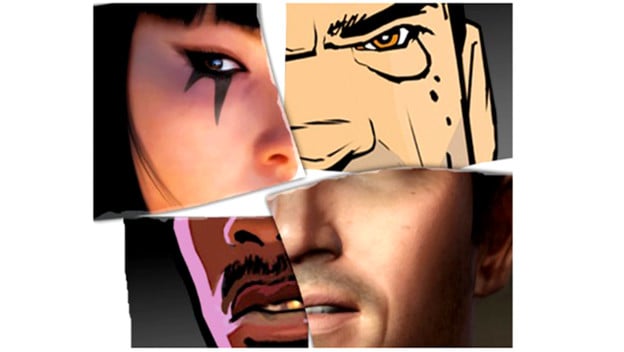“ In no way is it tokenism to politely request that games more accurately reflect the makeup of the game-playing public and indeed society, instead of existing in a strange alternate reality where 90% of noteworthy people are white and male and have a number two buzzcut.” – The Guardian
Diversity in games is one of the most important subjects of the game industry today. Gamers are no longer defined as white, male, and living in their mother’s basement; they are around the world and belong to as many ethnicities, genders, and sexualities as there are colors in the rainbow. As such, it’s about time games reflect the diversity of their audience and even society itself. After all, games are part of pop culture, just as movies and music are. With such a diverse audience, it should be no surprise that gamers are beginning to demand more and more intersectionality. Intersectionality is a theory that focuses on the fact that we all have multiple identities that influence the way we see the world and are seen by the world – our gender and our ethnic identity, for instance. It is far easier to relate to a character that reflects parts or all of your identity as a person.
There are very few games in the world that take intersectionality into account properly, except maybe Mass Effect , but even then, race is often replaced with aliens in the science fiction genre. Stereotypes and “tokens” are not the path to diversity either, so what would a AAA game with intersectionality look like? Let’s take a look at very recent AAA game and try to see where intersectionality should make an appearance, and how it should do so.
Tom Clancy’s The Division has very little intersectionality and falls prey to tokenism and stereotypes, especially in the sudden appearance of Dr. Kandel’s sexuality, and LaRae Barrett’s race. Both of these are the definition of tokenism and in Barrett’s case, feeding a negative stereotype. Intersectionality is about including all social categories, not just one (race and sexuality, respectively). I want to examine The Division ‘s main characters, voice acting, and main enemies.
That being said, there is one thing The Division does right: the five main characters present intersectionality to a decent degree. Both Agent Faye Lau and Captain Roy Benitez represent difference races, and are not token stereotypes of those races. In addition, the player’s character has sufficient customization to reflect the gamer themselves, even though it is still limited to preset faces; all of whom look as though they went to the same military school of Determined Looks.
However, I do believe The Division could have gone about having intersectional main characters with more finesse. Dr. Jessica Kendal and Paul Rhodes are both part of a much more diverse field than represented in the game. Medicine is not as restricted by race, gender, or sexuality as the military, thus Dr. Kendal should be more than a token lesbian in passing. Furthermore, if such an epidemic did occur, it is very unlikely that all of these people would be as they’re presented in the game. Rhodes, the man in charge of electric power and surveillance, is also part a very diverse field. There is no reason whatsoever for all of these characters to be part of the exact same demographic, especially in the type of apocalyptic situation in which social barriers between people tend to break down.

Furthermore, every voice you hear in this game is some variation of an American accent. Manhattan has one of the most diverse populations in the New York state, where did they all go? Was the Green Poison mysteriously selective when it spread? The enemies in The Division lack intersection as well, despite the fact they are civilians too, like the Cleaners. It’s not just race and gender that matter here, a completely stock body type is in every character in this game: 6 foot something and approximately 200 pounds. Developers often cite development costs as the reason for a lack of diversity in unimportant characters, but that wouldn’t be an issue if intersectionality was baked into the game from the planning phases.
Intersectionality is very important to video games due to their increasingly diverse audience. An AAA game like The Division would not need to change its story for the sake of intersection. It would need only to change the people represented to a much broader demographic of social categories.
Image Credit: Game Informer #214
